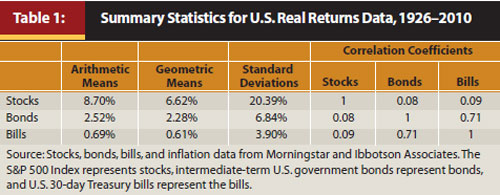I'm studying college level finance right now, with the hopes of better understanding my retirement savings and the market. Getting a refresher course in st.dev., etc.
For broad index etf's like VIG, VEU, VWO, what is an intelligent amount of time over which historical stdev should reasonably predict the future? 5, 10,20,50 years? 100?
I think this is a question that is art not science, but, i'd like to hear opinions to learn from.
Sent from my iPhone using Early Retirement Forum
For broad index etf's like VIG, VEU, VWO, what is an intelligent amount of time over which historical stdev should reasonably predict the future? 5, 10,20,50 years? 100?
I think this is a question that is art not science, but, i'd like to hear opinions to learn from.
Sent from my iPhone using Early Retirement Forum


 .
.